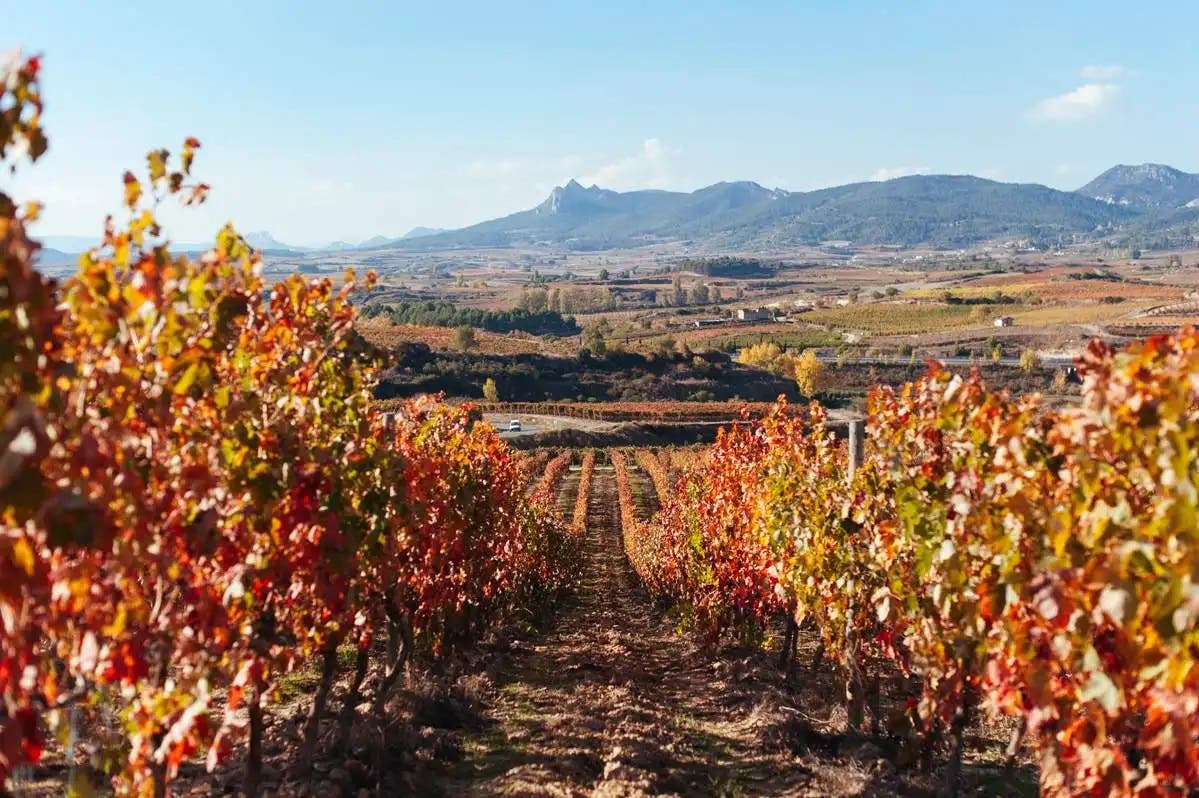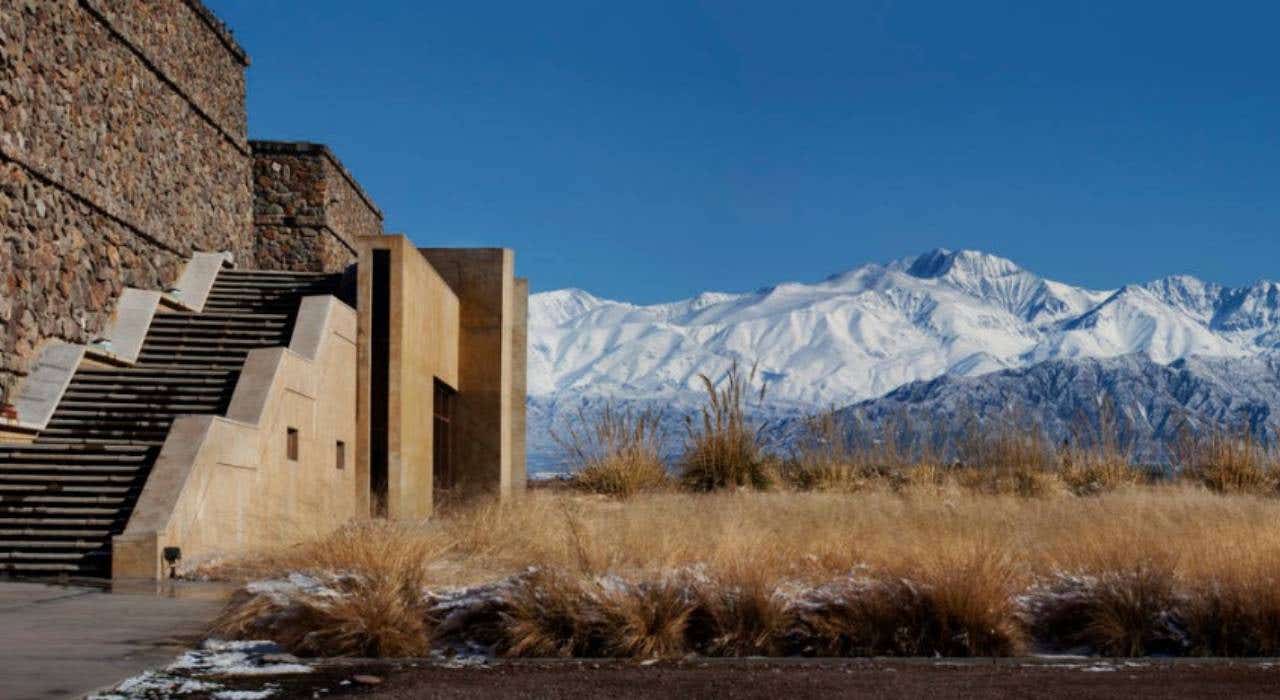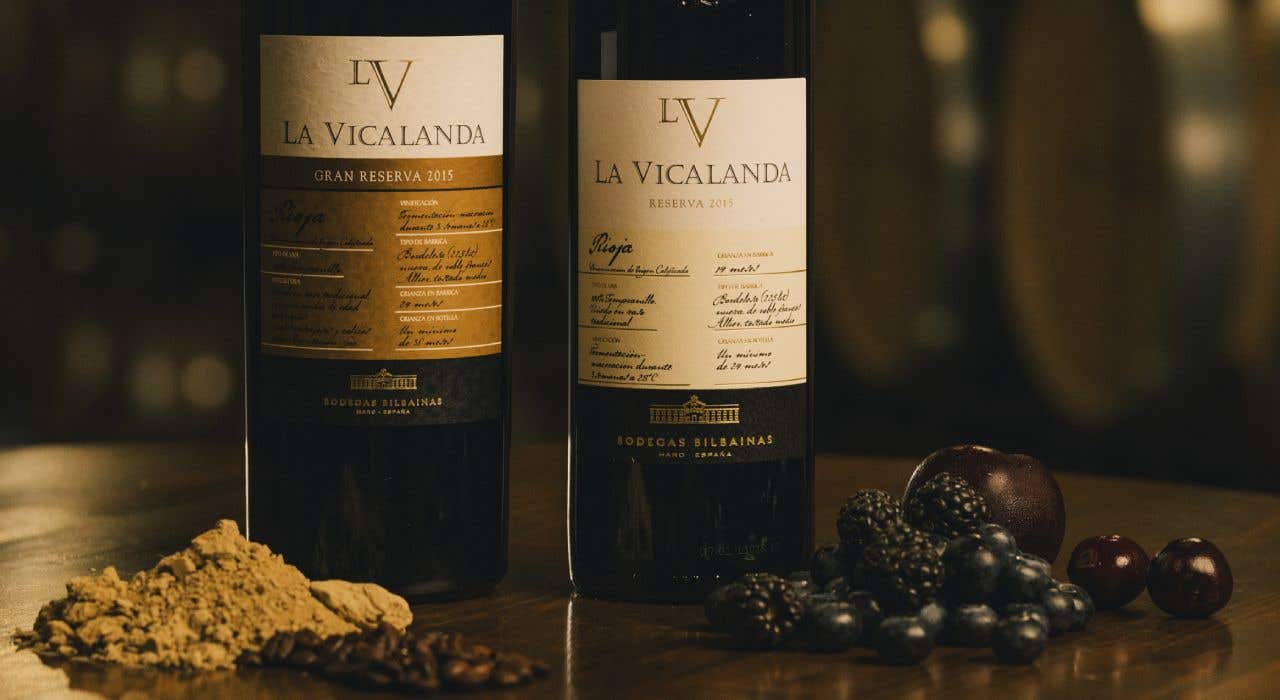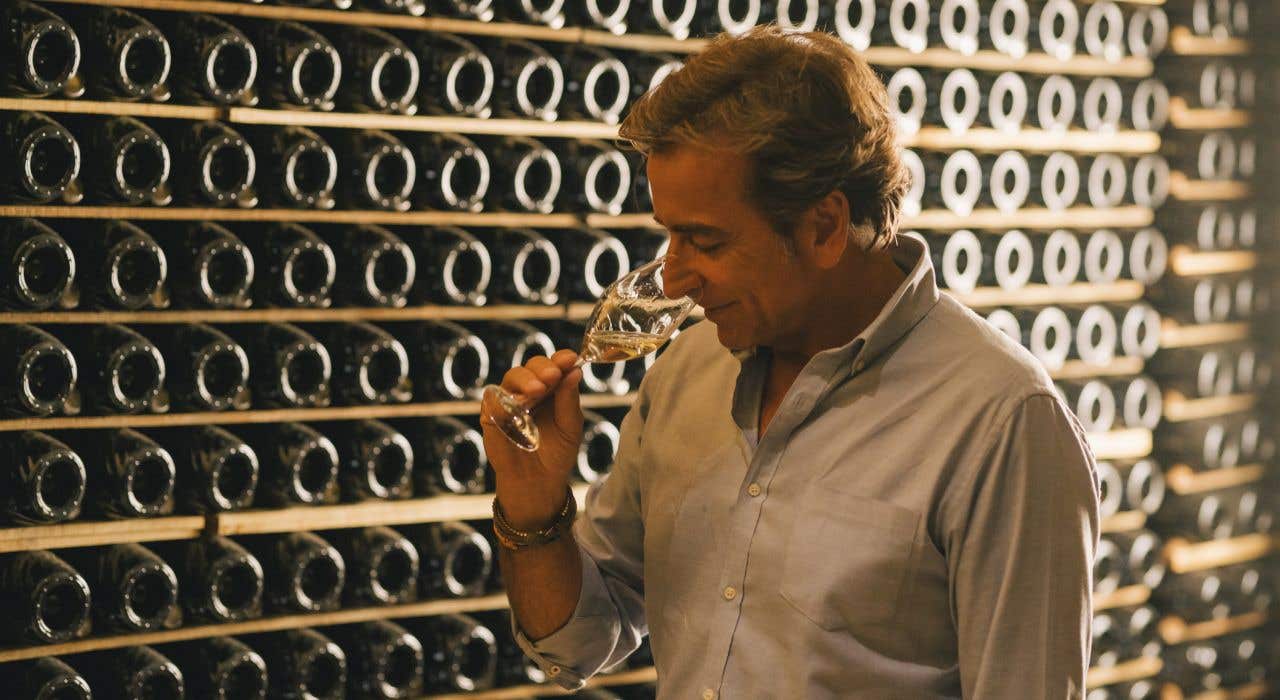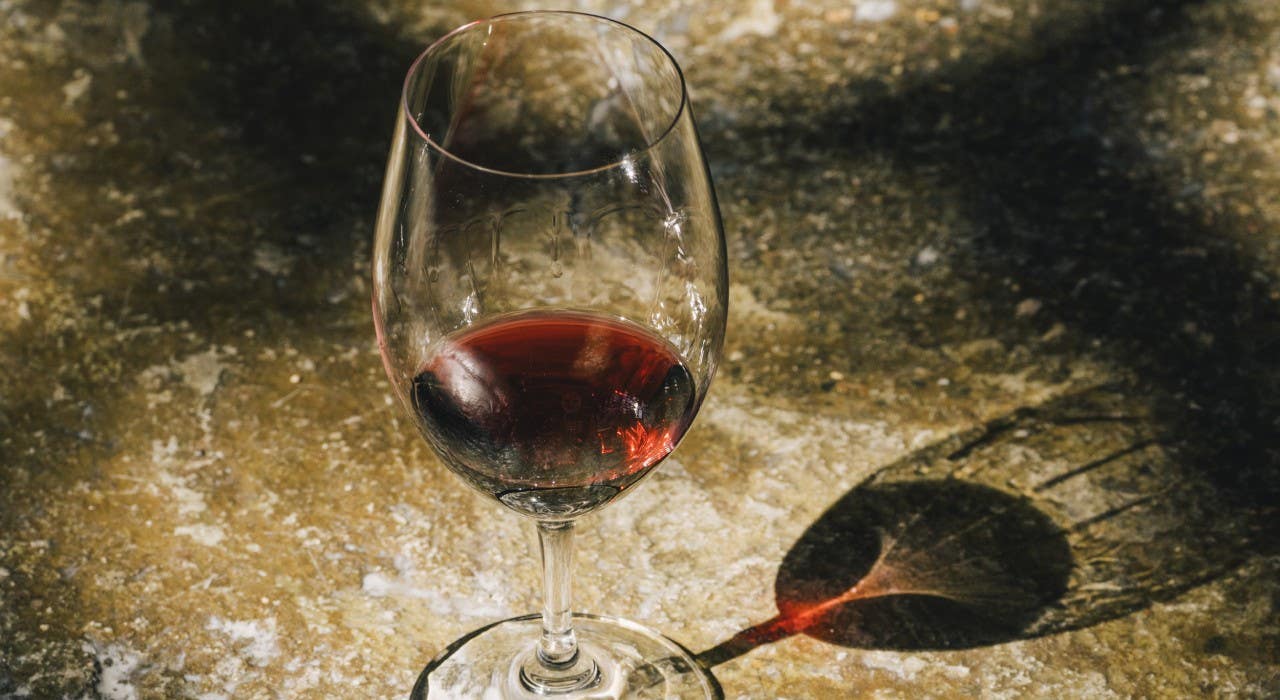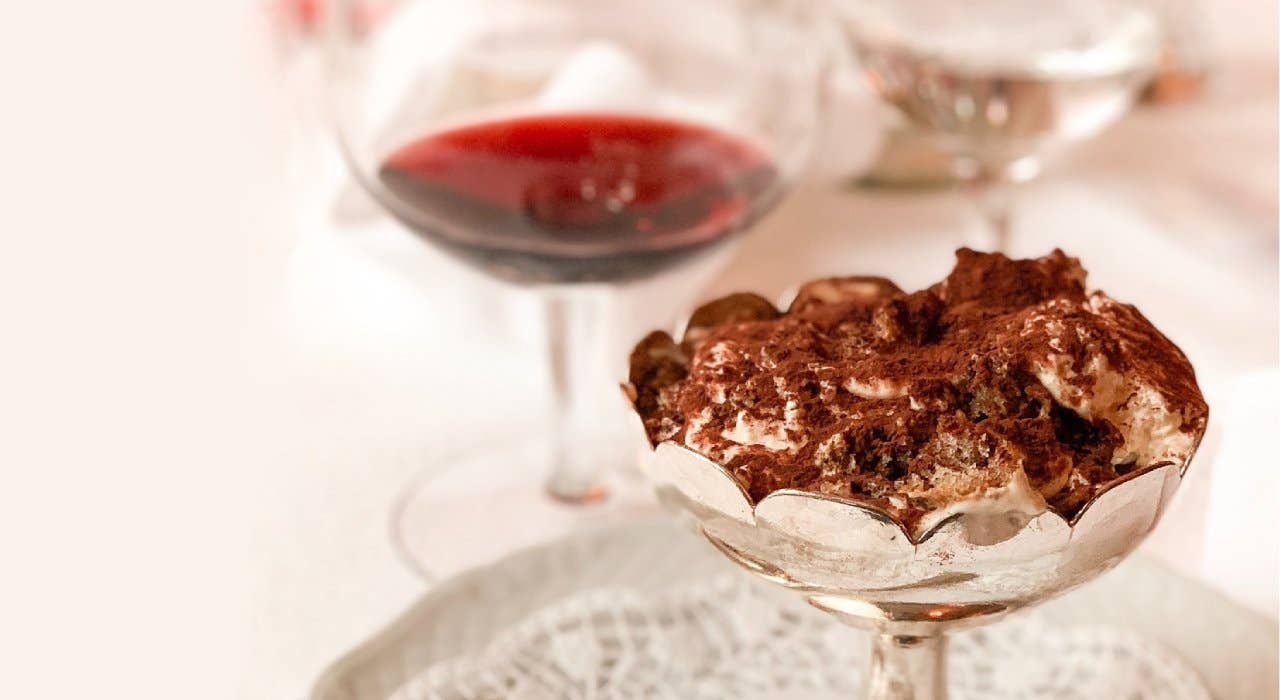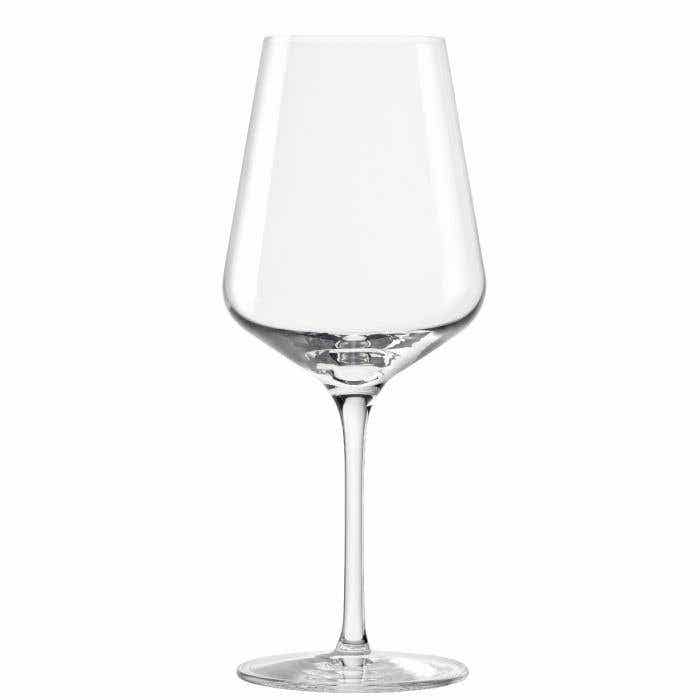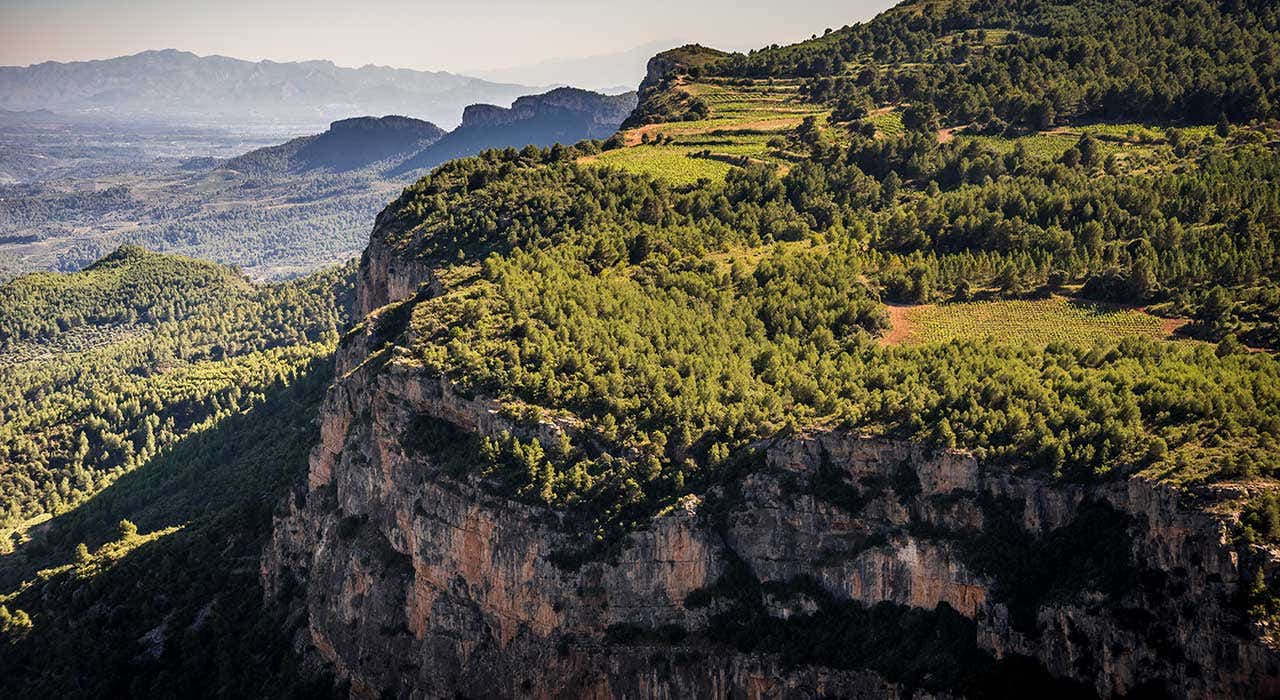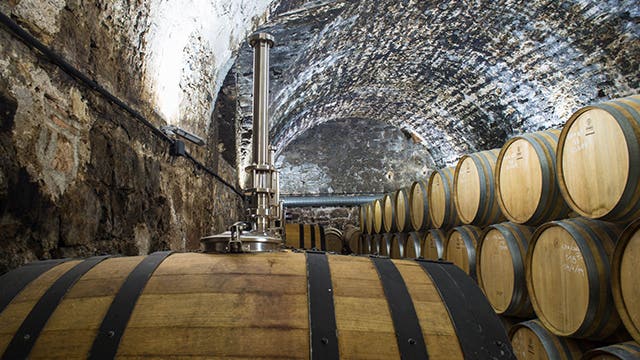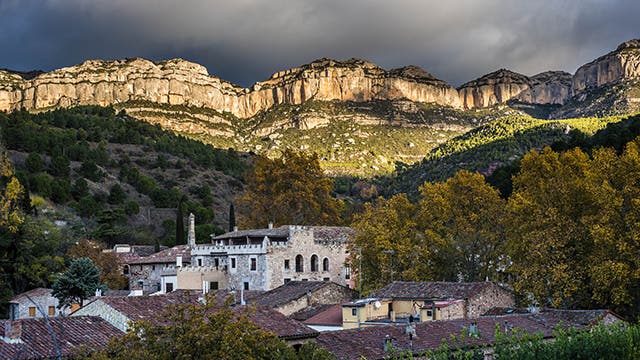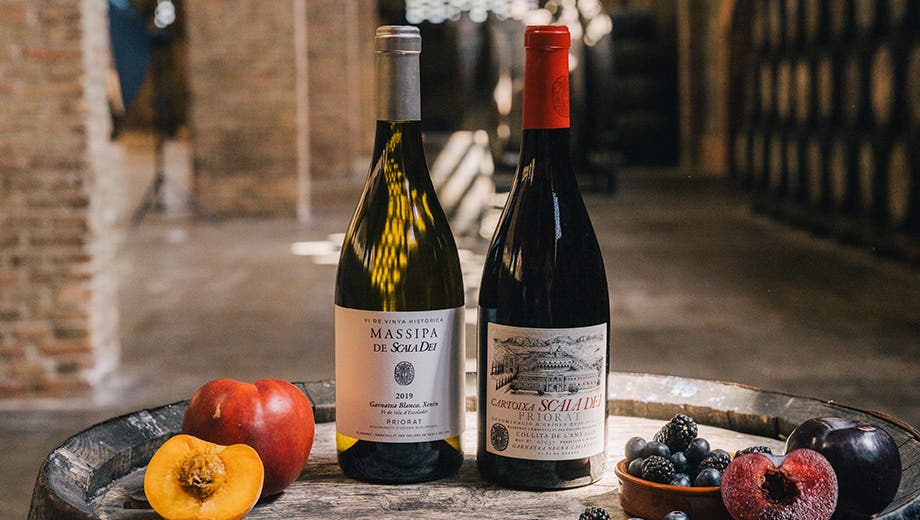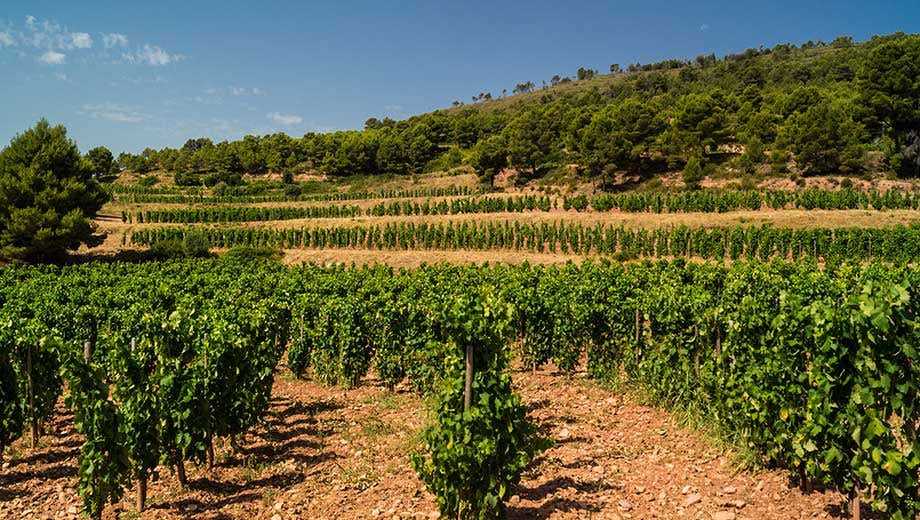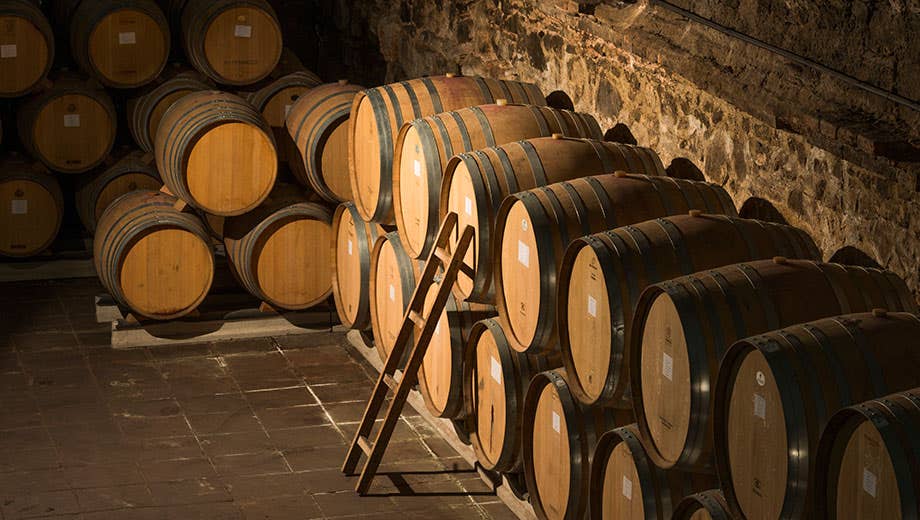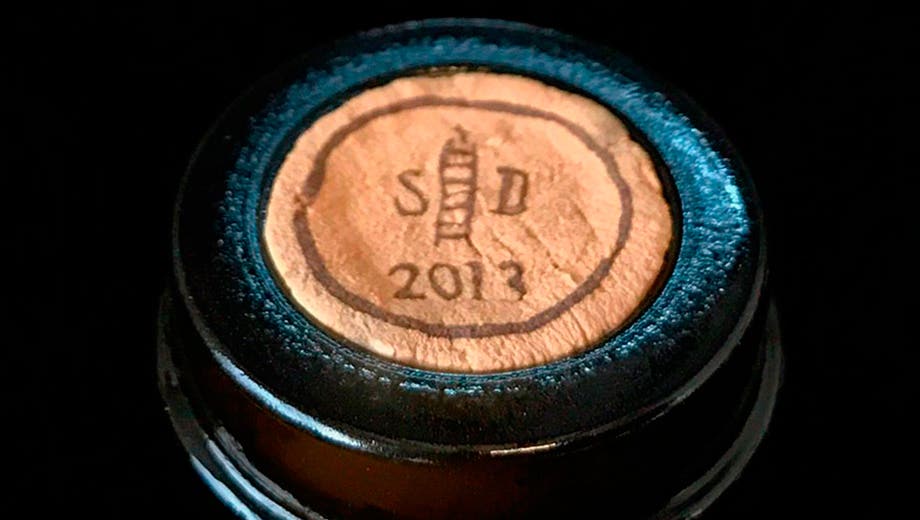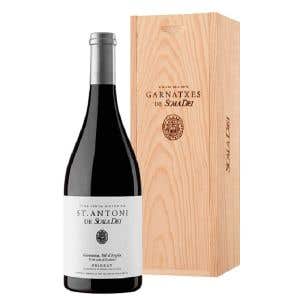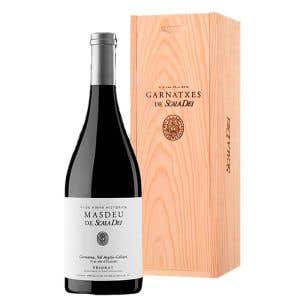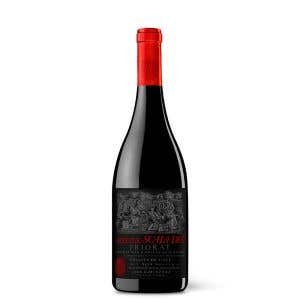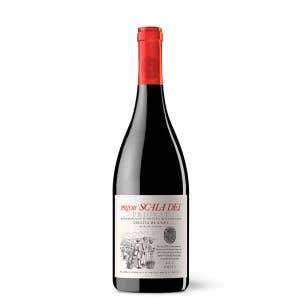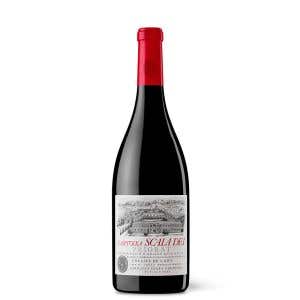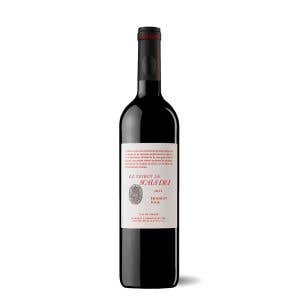To discover the best wines of Priorat, an excellent option is to resort to its most representative wineries, such as Scala Dei, whose range exhibits the wealth of nuances that this ancient wine region treasures.
Scala Dei, the oldest winery in Priorat
In addition to the wineries established in the 1980s by Álvaro Palacios, René Barbier (Clos Mogador), José Luis Pérez (Clos Martinet) and other visionary winemakers who laid the foundations for the resurgence of Priorat as a prestigious wine region, it is fit to highlight Scala Dei as a model when it comes to representing the history, identity and character of this unique wine region.
Scala Dei is the oldest winery in Priorat. Its foundation dates to the 19th century, although its origins are much older. Its beginnings were in the lands that surround the emblematic monastery that gives its name to the winery - and which is considered the first charterhouse on the Iberian Peninsula. The monks cultivated vines and produced wine starting from the year 1163.
After the confiscation of Mendizábal (1836-1837), the lands and buildings belonging to the Scala Dei monastery were transferred to private hands, but the wine industry was not interrupted. The new owners decided to give continuity to the Carthusian wine-making activity, adapting the ancient monks' quarters to the production of wines. Thus, the cellar where Scala Dei wines currently age is a 17th century building, the same one that functioned as the residence of the Carthusian Procurator.
In 1973, the "Carthusian Winery" began and a year later the new winery bottled the first vintage of the red Scala Dei Cartoixa, marking a milestone: it was the first wine from Priorat to reach the bottled market.
With this background, Scala Dei can boast of being the oldest winery in the D.O.Q. which, towards the end of the 1980s, became the great revelation of Spanish wine.
Since the arrival of the Raventós Codorníu Group, in 2000, as shareholders in the winery, Scala Dei has entered a period of great dynamism, expanding, and modernizing its facilities, which has enhanced the quality of its range of wines.
Thus, benefiting from exceptional vineyards –they are among the oldest in the area–, located between 400 and 800 meters high, on soils of diverse composition and privileged orientation, today the winery presents a wide range of alternatives to display the wealth nuances of Priorat. From the sharper freshness of the Garnacha in the new El Tribut de Scala Dei 2021and the fragrant delicacy of the acclaimed rosé Scala Dei Pla dels Àngels, passing through the resounding personality of the red Garnacha with more traditional features, Scala, the Carignan monovarietal breaks with the house's love for the dominant Grenache, Scala Dei Heretge 2017, and the two most exceptional cuvées: Scala Dei St. Antoni 2016, a red wine from a unique vineyard already worked by Carthusian monks, and Scala Dei Masdeu 2013, also from an ancestral vineyard and vinified with archaic techniques that had disappeared in Priorat. Let us not forget the white Scala Dei Pla del Angels, which brings back a classic from the winery with the aim of showing the freshest expression of the region's white Grenache.






